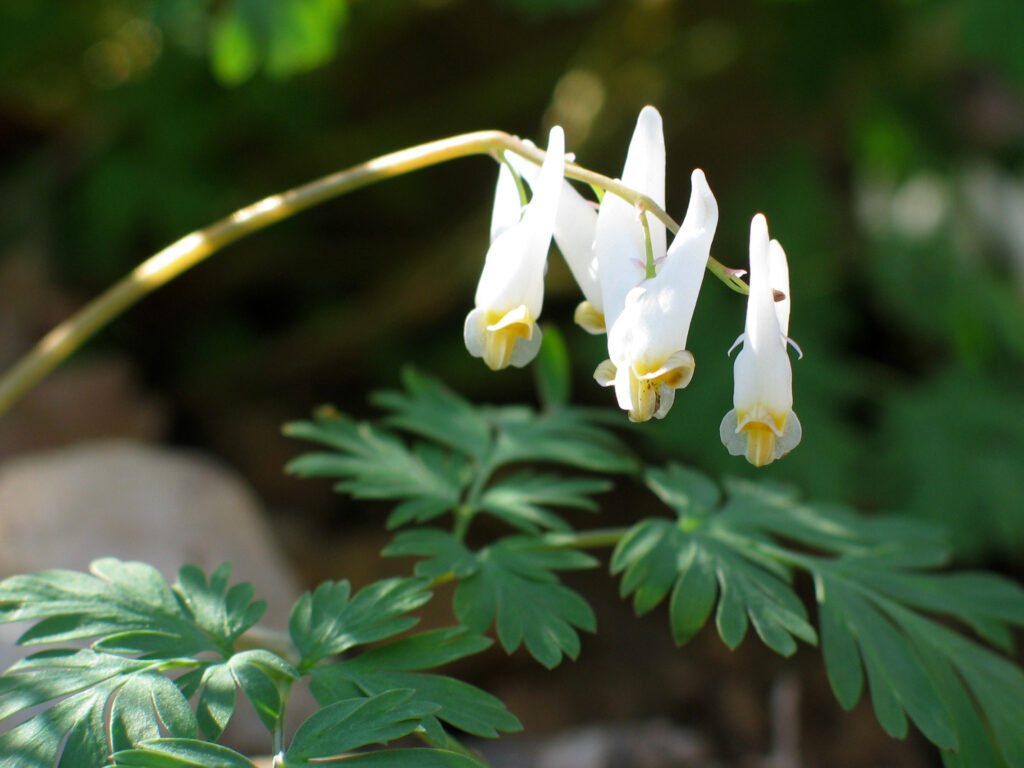Introduction
Dicentra cucullaria, commonly known as the Bleeding Heart, is a perennial herb native to North America. Its unique heart-shaped flowers and fern-like foliage make it a favorite among garden enthusiasts.
Physical Characteristics
Appearance and Features
The Bleeding Heart plant stands out with its distinct heart-shaped flowers, which are usually white or pink. These flowers dangle elegantly from arching stems, creating a captivating visual display. Each flower resembles a heart, with a droplet-shaped petal hanging below, giving it the appearance of a ‘bleeding’ heart.
Growing the Bleeding Heart
Ideal Growing Conditions
For those looking to start a flower garden, Dicentra cucullaria thrives in partial to full shade. It prefers well-draining soil and requires regular watering, especially during dry spells.
Propagation and Growth
Dicentra cucullaria can be propagated through seeds or division. The plant grows at a moderate pace and can reach heights of up to 12 inches.
Landscaping and Design
Versatility in Gardens
Whether you’re designing a mixed garden with flowers and vegetables or aiming for a quaint cottage garden look, the Bleeding Heart can be a star attraction.
Incorporating in Garden Designs
Its unique appearance makes it a standout in any garden, suitable as a border plant, centerpiece, or in hanging baskets.
Historical and Cultural Significance
The Bleeding Heart has been a part of North American gardens for centuries. Native American tribes used it for various medicinal purposes, and its unique appearance has made it a subject of numerous legends and folklore.
Caring for Your Plant
Routine Care
While low-maintenance, it’s essential to ensure the Bleeding Heart gets the right care, including regular watering.
Potential Pests and Diseases
Aphids and slugs can sometimes be a problem, but they can be managed with organic solutions.
Conclusion
Dicentra cucullaria is more than just a pretty face. Its resilience, minimal care requirements, and historical significance make it a must-have for every garden.

